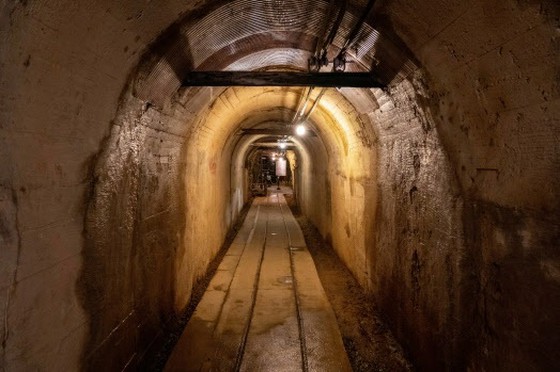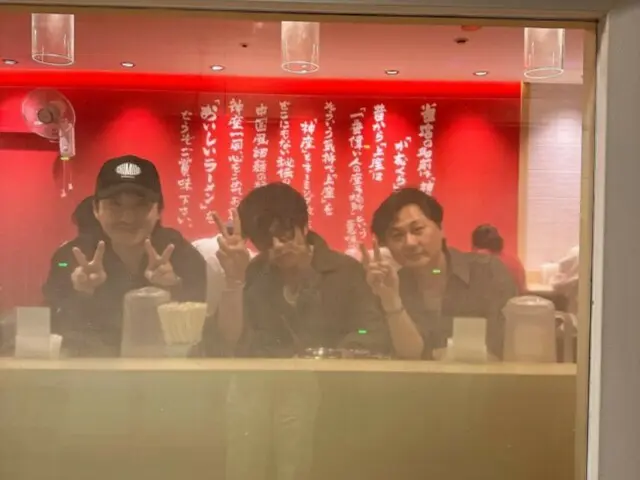 |
The "Sado Island Gold Mine" consists of two mining ruins, the "Aikawa Tsuruko Gold and Silver Mine" and the "Nishi Mikawa Gold Mine". Niigata Prefecture and others are aiming to register the mine as a World Cultural Heritage site, stating, "It is a rare mine in the world that developed a large-scale gold production system in the Edo period using traditional handicrafts that differed from those in Europe."
It is said that at least 1,000 workers from the Korean Peninsula were mobilized to Sado Gold Mine during the war to make up for the labor shortage. For this reason, South Korea claims that workers from the former Korean Peninsula were forced to work, and from this historical background, South Korea opposes aiming for the registration of the "Golden Mine on Sado Island" as a World Heritage Site.
In 2015, South Korea also showed strong opposition when the "Sites of Japan's Meiji Industrial Revolution" were registered as World Heritage Sites. Many workers from the Korean Peninsula worked at the Hashima Coal Mine (Battleship Island) in Nagasaki City, which is included in the "Sites of Japan's Meiji Industrial Revolution". For this reason, the South Korean side requested that the Japanese side provide an explanation so that the people from the Korean Peninsula could understand the situation at the time when the site was registered as a World Heritage Site. In 2020, Japan opened the "Industrial Heritage Information Center" in Tokyo in response to this request. However, the South Korean side intensified criticism, saying, "(The center's) exhibition does not clearly explain the damage suffered by people from the Korean Peninsula who were forced to work, and the promise made at the time of registration was not kept."
In response to this, UNESCO adopted a draft resolution stating that the Japanese government's explanation of the wartime draftees from the Korean Peninsula was inadequate. The UNESCO World Heritage Committee asked the Japanese side to make improvements with the center's exhibition in mind and asked them to report on their progress. In response, the Japanese government submitted a conservation status report to the UNESCO World Heritage Committee by the end of last year.
The South Korean side sees it as a problem that the Sado Gold Mine, which also has a history of laborers from the Korean Peninsula, aiming to be registered as a World Heritage Site, while the issue of "Sites of Japan's Meiji Industrial Revolution" has not been resolved.
However, in February last year, the Japanese government formally decided to recommend the gold mines of Sado Island to UNESCO as a candidate for World Cultural Heritage. Expectations were high for this year's registration, but UNESCO noted the inadequacies in the submitted nominations. In July last year, the government announced that it had become difficult to achieve its goal of 2023 registration. UNESCO raised a problem with the description of the traces of the water conduit of the Nishimikawa Gold Mine, and the Japanese government revised the pointed-out part and resubmitted the recommendation in January of this year. It aims to be registered as a World Heritage Site in 2024.
In response to the resubmission, the Korean Ministry of Foreign Affairs summoned the Minister of the Japanese Embassy in South Korea to protest. A spokesperson commented, "We will continue to work with the international community, including UNESCO, so that the history, including the pain of forced labor, is reflected in the heritage registration." In addition, the "Foundation for Supporting Victims of Japanese Forced Mobilization", which is affiliated with the South Korean government, strongly opposed the resubmission and submitted a statement calling for its prompt withdrawal. He criticized Japan's registration of the Gold Mine on Sado Island as a World Heritage Site without mentioning its entire history, including forced labor since the modern era.
The South Korean government held its first conference on February 3rd to discuss future responses. The event was presided over by Lee Sang-hwa, a public diplomatic ambassador of the Ministry of Foreign Affairs, and was attended by 10 related organizations, including the Ministry of Culture, Sports and Tourism, the Ministry of Education, the Ministry of Administration and Security, and the Cultural Heritage Administration.
And on February 27th, the South Korean National Assembly passed a resolution asking the Japanese government to withdraw the application for registration. The resolution expresses serious concern about the resubmission of nominations. He demanded from the Japanese government a sincere apology for its past history and a responsible attitude. It also includes requests for the South Korean government to express its opposition to its registration as a World Heritage Site.
Currently, between Japan and South Korea, there is active movement between the authorities to resolve the former forced labor lawsuit, which is the biggest pending issue between the two countries. However, some South Korean media have pointed out that the move to have the Gold Mine on Sado Island registered as a World Heritage site could become a negative factor in negotiations between Japan and South Korea aimed at resolving the issue of former forced labor lawsuits.
2023/03/08 09:28 KST


